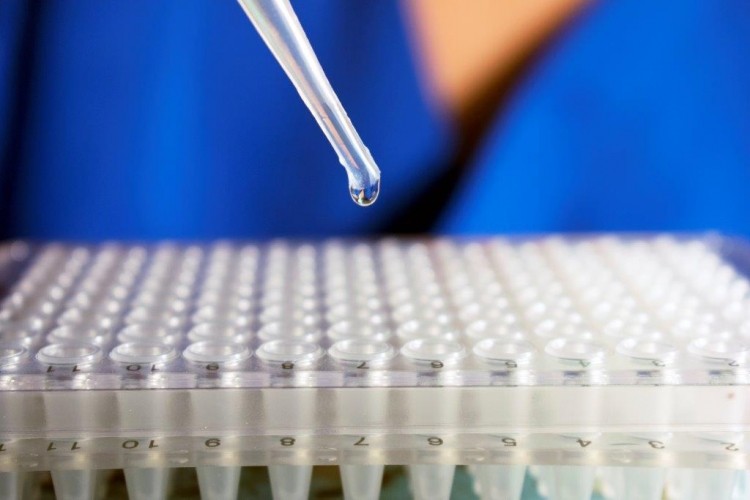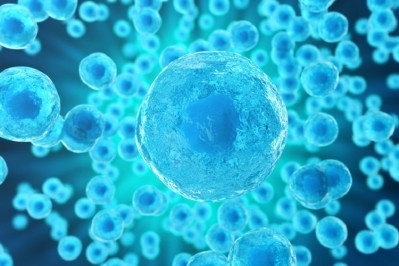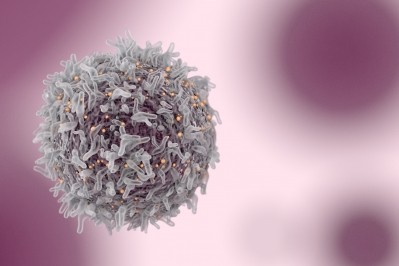Cells held three times as long in 'delayed crosslinking' microgel tech

According to results published in in the nanotechnology-focused journal Small, the technology enables scientists to culture and retain individual cells under controlled conditions for at least 28 days, with a 90% cell survival rate.
The technology, which scientists are referring to as ‘delayed crosslinking’, captures and holds cells in the exact centre of a minuscule hydrogel droplet known as a microgel.
Current microgel chips can only hold cells for a few days, which limits the duration of experiments. Also, according to the authors, cells can escape from commercially available microgels if they are not in the correct position at the centre of the gel.
To address these shortcomings the researchers, who are based at the University of Twente in the Netherlands, modified the composition of the hydrogels used to make the microgel and the process by which it is form, said University spokesperson Joost Bruysters.
Bruysters told us “Hydrogels can be created using, for example, UV light or enzymes that crosslink the individual polymers together,” explaining that the “researchers discovered that, rather than crosslinking the polymers while the droplet is still forming, the trick is to trigger this process just afterwards, a technique they refer to as ‘delayed gelation’.”
“This allows the cell to reposition to the centre of the hydrogel precursor droplet, before the droplets are transformed into stable microgels,” he added.
Future projects
Bruysters told us the University is looking to further exploit this technology.
“The technology is leveraged for screening different material combinations to identify the optimal 3D microenvironment for 3D stem cell culture. We are also working on the integration of the single cell microniches with biofabrication methods such as 3D printing,” he said.
“Furthermore, we are upscaling the single cell encapsulation technology to make it compatible with various large-scale clinical applications”
The University is open to discussing licensing and collaborations with interested parties.

















